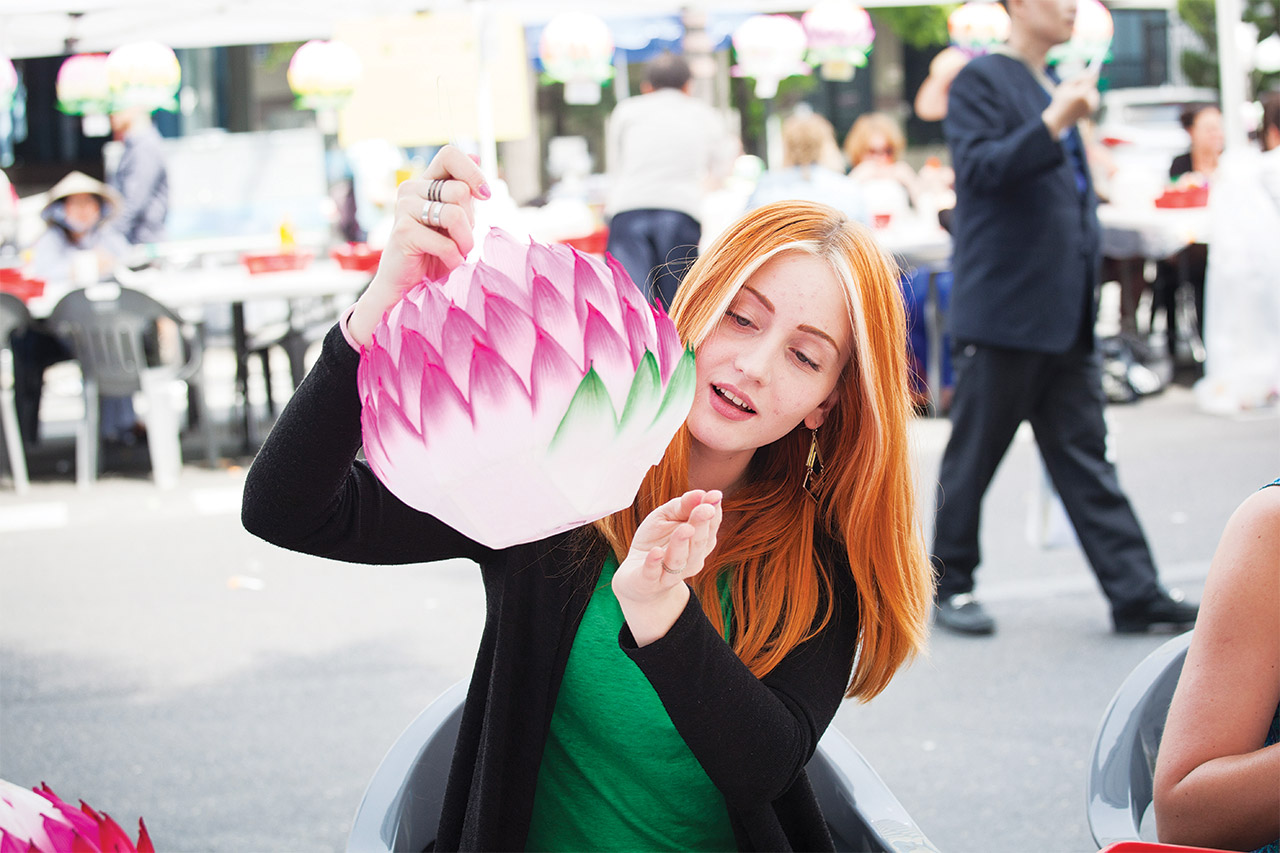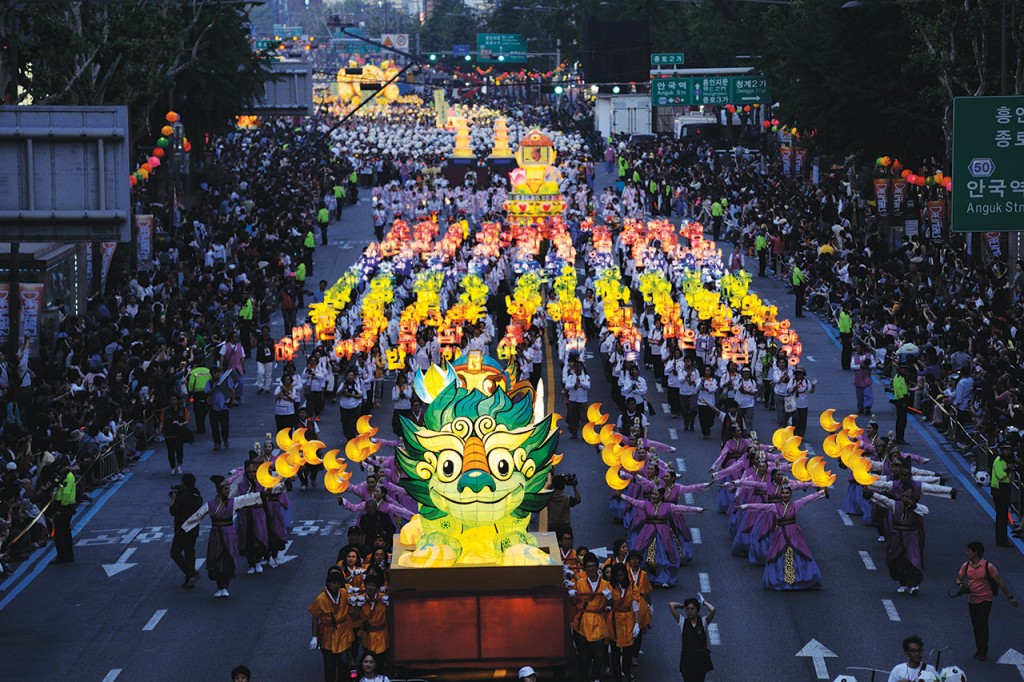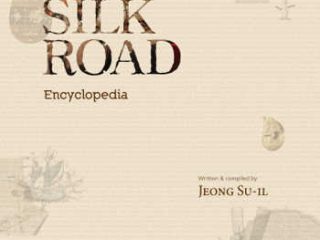One of Korea’s most popular celebrations, the Yeon Deung Hoe (Lotus Lantern Festival) brightens the soul with not only paper lanterns, but community spirit
The eighth day of the fourth lunar month is the Buddha’s Birthday, when temples nationwide light paper lanterns to symbolically transmit the wisdom and compassion of the Buddha. In Seoul, the holiday is celebrated with the Yeon Deung Hoe, a 1,200-year-old festival of light that brightens not only the night sky above the city but also the hearts of its participants. One of Korea’s best-loved celebrations, especially by international visitors, the festival features not only thousands upon thousands of paper lanterns, but also exhibits, traditional performances and crafts, rallies and, of course, the spectacular Lantern Parade, the festival’s highlight event.
An age-old tradition reborn
The Yeon Deung Hoe is a celebration that goes back some 1,200 years. In the ancient Korean kingdom of Silla (57 BC-AD 935), subjects celebrated the Palgwanhoe, a major Buddhist festival, with the lighting of paper lanterns. The celebrations grew even grander during the Goryeo Dynasty (918-1382), when it was elevated into a major national celebration. Even during the Joseon Dynasty, when Buddhism was repressed and the festival discouraged by the kingdom’s Neoconfucian elite, the common people continued to hold lotus lantern lighting festivals in the countryside.
The current incarnation of the celebration began in 1976, when a lotus lantern parade to mark the newly designated Buddha’s Birthday holiday proceeded from Yeouido to Jogyesa Temple. In 2012, the Cultural Heritage Administration designated the festival as Important Intangible Cultural Property No. 122.
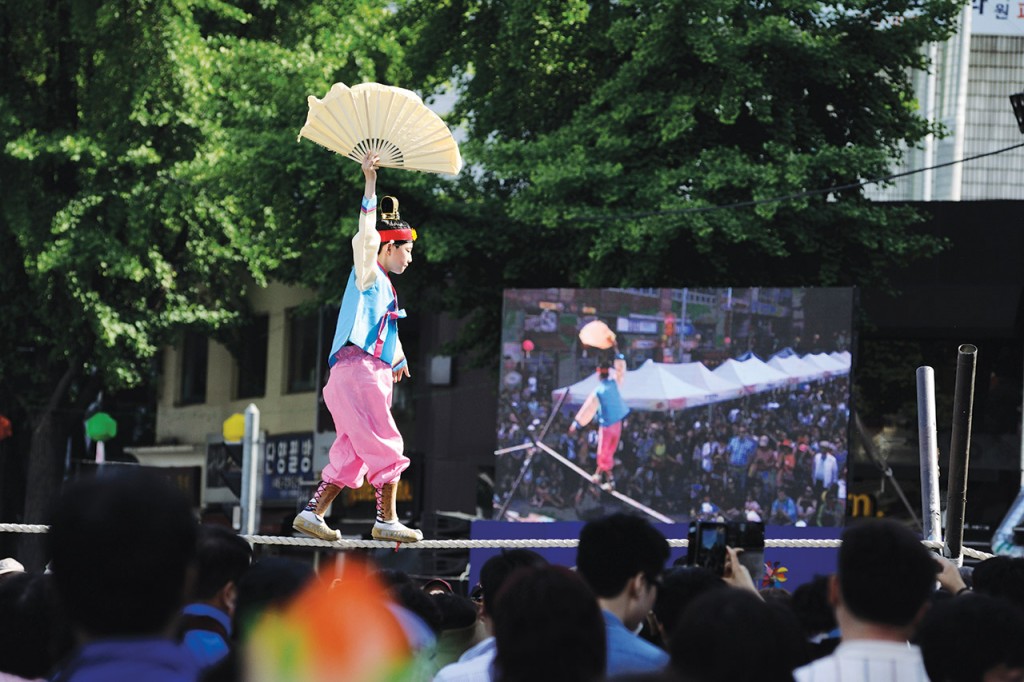
Procession of light
While the celebration features several days of events, the undisputed highlight is the Lotus Lantern Parade (May 7, 7-9:30 PM), a truly awe-inspiring procession of Buddhist-related floats and lotus lantern-toting marchers along Jongno, Seoul’s historic central thoroughfare. Seen from above, it resembles nothing less than the Milky Way or a river of candlelight flowing through the heart of the city.
The procession features many spectacularly designed floats, usually based on a Buddhist theme. Many temples and Buddhist organizations contribute teams of marchers. In recent years, delegations from Sri Lanka, Thailand and other primarily Buddhist nations have taken part as well, a reflection of Seoul’s growing multiculturalism.
The parade begins at the iconic Dongdaemun Gate and ends at Jogyesa Temple.
GO> All along Jongno street (Subway Line 1, Jonggak station or Jongno-3ga station)
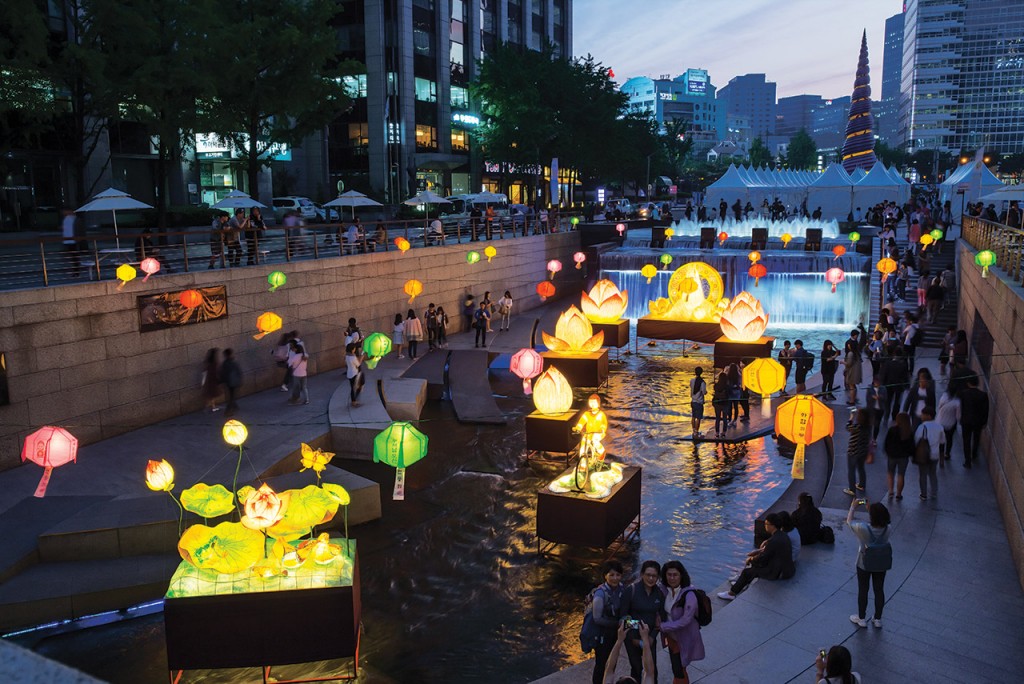
Traditional lantern exhibits
The paper lotus lantern, a symbol of the Buddha’s teachings, is an art form that goes back in Korea over a millennium. During the Yeon Deung Hoe, exhibitions of these lanterns (May 6-14) are held at Jogyesa Temple, the Cheonggyecheon Stream and Gangnam’s Bongeunsa Temple. You can see hundreds of lanterns in countless shapes, colors and sizes, often designed by some of Korea’s top craftsmen.
GO> Jogyesa Temple (Subway Line 3, Anguk Station)
Bongeunsa Temple (Subway Line 2, Samseong Station)
Cheonggyecheon Stream Area (Subway Line 1, Jonggak Station)
Cheering togetherness
The Lotus Lantern Parade is preceded by the Eoullim Madang (May 7, 4:30-6 PM), a Buddhist cheer rally at Dongguk University Stadium where participants get themselves into the spirit by watching exciting performances of dance and music. The symbolic bathing of the baby Buddha and a Buddhist service is held at the end of the performances.
GO> Dongguk University Stadium (Subway Line 3, Dongguk Univ. Station)
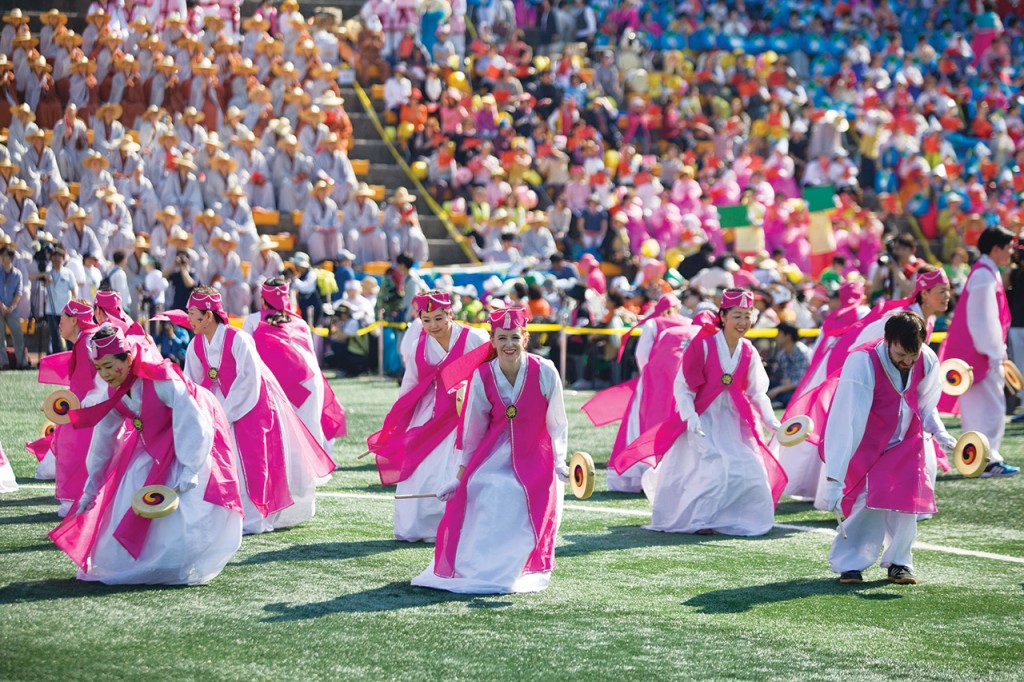
Dancing below the flower petals
The fun doesn’t end with the Lotus Lantern Parade. After the parade, the area around the landmark Jonggak Intersection becomes one big street party with music and communal performances of the Ganggangsullae, all below a falling rain of paper flower petals. The atmosphere is intoxicating, and the energy infectious.
The next day, Sunday, May 8, the area around Jogyesa Temple hosts a variety of activities. Especially popular with international visitors is the lantern-making program, where you can try your hand at an age-old tradition. You can also sample Korea’s unique vegetarian temple cuisine, take in displays of folk dancing, music and street performances, purchase crafts and more.
To end the celebration, another lotus lantern parade is held in the Insa-dong arts quarter and in front of Jogyesa Temple (May 8, 7-9 PM). This is a final chance for participants to hoist the lantern high and pray for peace and happiness.
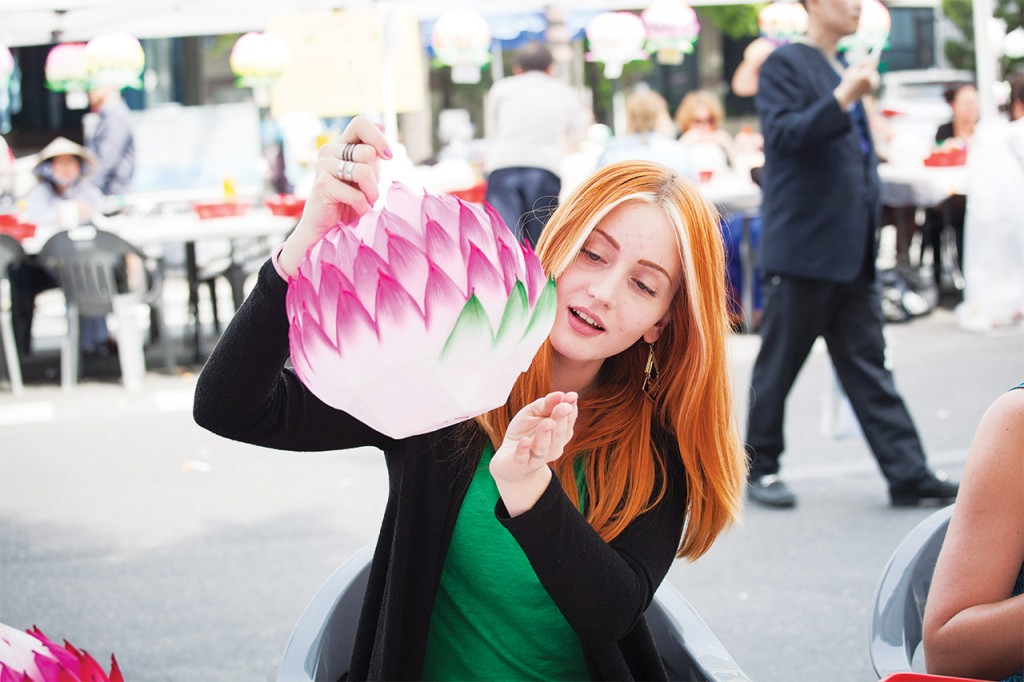
[separator type=”thin”]
More Info
Written by SEOUL staff

